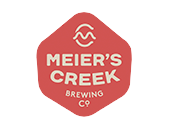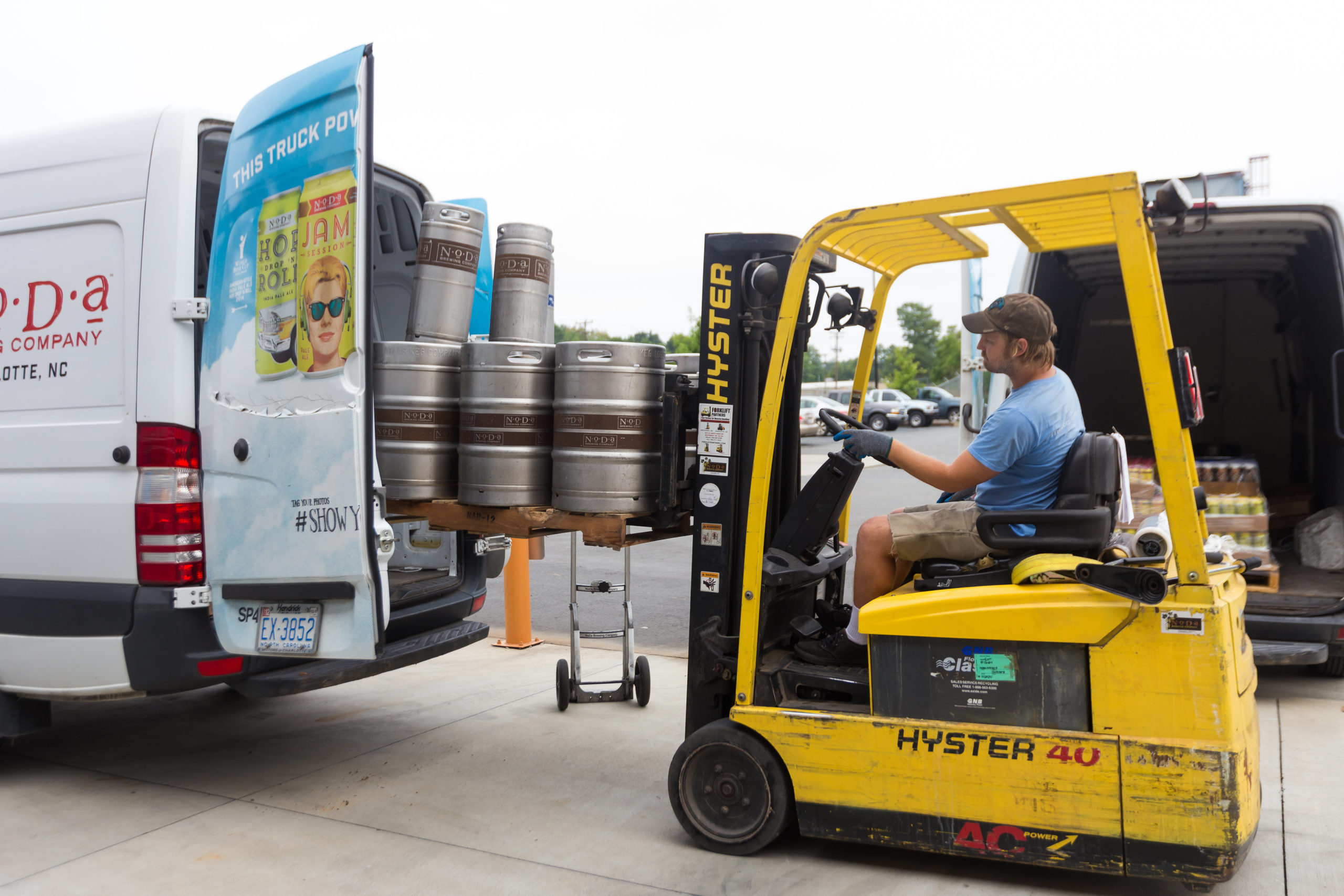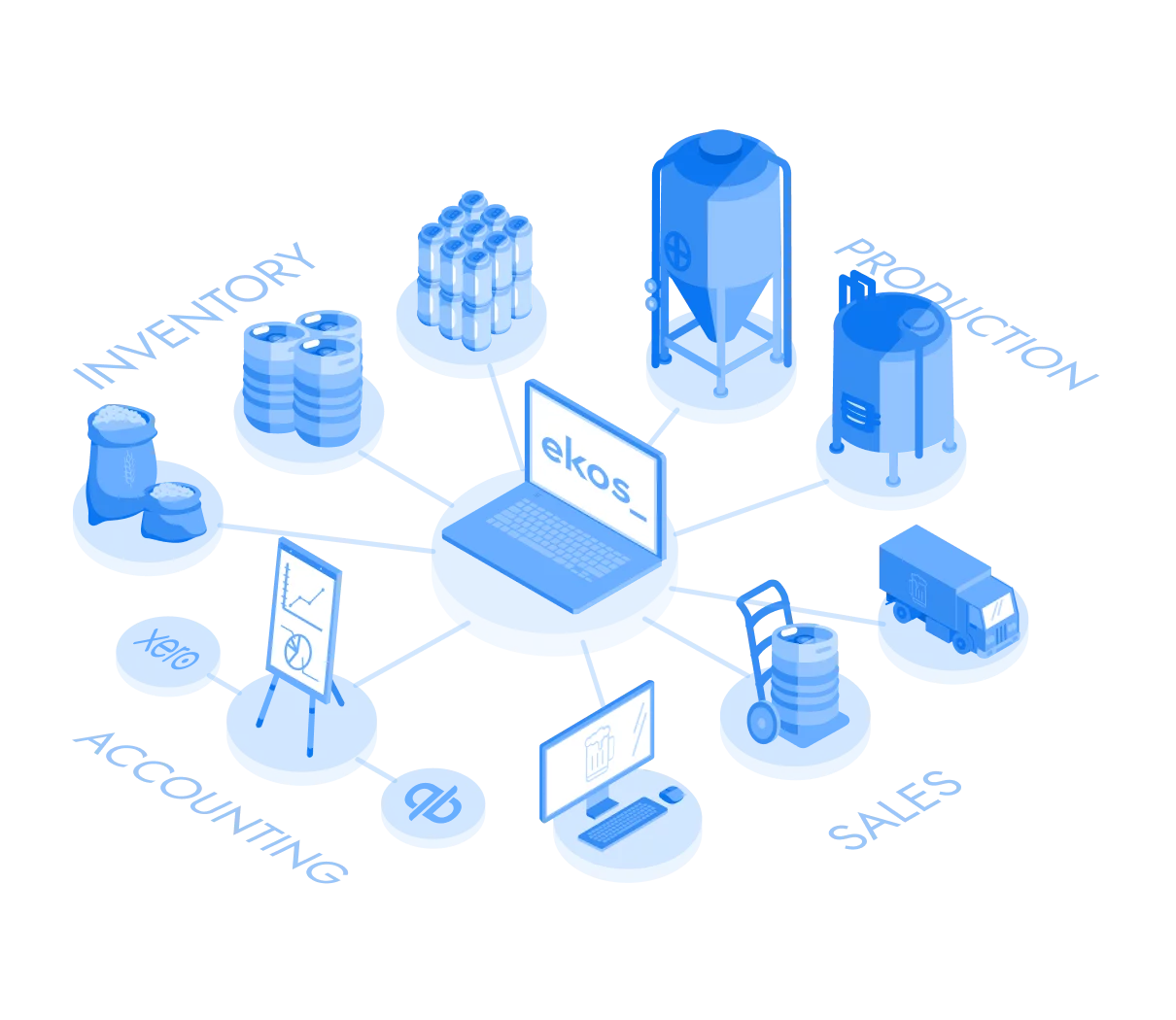It’s difficult to find an industry more traditional than the field of wine making. And that might be understandable for a profession that reaches back millennia, driven as much by culture as by profit. But the 21st century is not ancient Rome, and wineries have to embrace efficiency to compete. And, while wine management technology adoption is slowly growing year-over-year, there is still plenty of room for improvement for wineries to truly build efficient operations.
Fortunately, this relatively slow adoption also presents the opportunity for a potential crucial competitive advantage. In a world where plenty of competitors still use hand-written ledgers, paper-based inventory lists, and spreadsheet tracking, being the winery that leverages modern data management may just be what enables you to scale your business and produce the best possible product.
Winery Data Management Software, Explained
As its name suggests, winery management software is a central hub for all the information surrounding your business. More specifically, the information this type of solution helps you collect, organize, and analyze includes:
- Harvest data
- Inventory data
- Sales data
- Accounting data
- Pricing data
- And more
The goal of collecting all of this information is simple—you gain a more holistic overview of your operations, helping you to connect the dots between every part of your business and streamline the way you procure, produce, and sell great wine. And of course, it automates the information processes as well, saving valuable time and helping to scale your production and sales in the process.
Creating a Single Hub for Your Winery Records
More specifically, data management software has become so valuable because of its ability to optimize your winery recordkeeping at every level. Done right, and with the right integrations, it becomes the single source of truth for everything about your business that’s quantifiable.
The benefits of this approach are threefold:
- You can more thoroughly analyze all data surrounding your winery, leading to abilities like better pricing your wine due to a more comprehensive (and accurate) cost of goods sold calculation.
- You can better rely on the data needed for both internal and compliance-related reporting, which ensures you not only avoid potentially hefty fines but also stay in the winemaking and selling business.
- You can save valuable time that would otherwise be spent hunting down and collecting individual pieces of data from the multiple sources needed for any of the above functions.
The winemaking industry is more complex than most, if only for the complexity of variables that go into anything from harvest data and optimization to inventory management. A system that can function as the single source of truth for all of that complexity has the potential to significantly streamline your operations, at every level.
Building Better Inventory Management for Ingredients and Products
The inventory management side of effective winery operations deserves further consideration when discussing relevant software systems. Especially with wineries selling cases to members, managing your inventory can quickly become complicated as you look to forecast demand and take advance sales you later have to fulfill.
Related: What is Winery Software? A Thorough Breakdown of Each Type
That, in turn, makes inventory management important for far more than just keeping track of ingredients or even bottled wines. In addition, it’s about connecting your inventory with your sales forecasts and performance, helping you understand what you have, how that fits into your pipeline, and what you’ll need in the near future.
In other words, it comes back to accurate and comprehensive data. A single solution that enables you to track all pieces of the inventory process helps not just with ordering new ingredients or bottles, but also improves your entire production and sales flow to more reliably fulfill orders and keep your business humming.
Improving Your Reporting Structures to Keep Your Winery in Compliance
Most wineries will be familiar with the Report of Wine Premises Operations, a core compliance requirement by the Alcohol and Tobacco Tax and Trade Bureau operated through the U.S. Department of the Treasury. It requires bonded wineries and wine cellars to complete regular accounting of their business operations, with a particular focus on inventory and sales to account for all taxable goods.
The Report of Wine Premises Operations is just one, albeit important, piece of the compliance equation. Most U.S. states have their own needs for regular reports in order for your winery to stay in compliance.
And of course, that process can be complex. At worst, with only manual record keeping in place, it can take hours every month. Winery data management software, on the other hand, enables you to automate these reports. That saves significant time, which you can spend on the revenue-generating pieces of your business.
Managing Your Sales Pipeline and Orders to Optimize Your Production and Revenue
Whether you work with local distributors or stores, or you manage wine membership as part of your sales process, you need to anticipate the larger sales batches coming in each month in order to streamline and optimize your wine production. That means not just the ability to send invoices or create receipts, but also keeping track of the sales data that enables better demand and revenue forecasting.
And again, this is an area where the right winery software can truly shine. At its best, it keeps track of each recurring order you can expect, while also offering dashboards that help you understand the frequency and trends surrounding one-time orders.
As a result, you can build a more reliable production pipeline to ensure that every bottle of wine you produce has a maximum chance of adding to your revenue instead of going to waste or remaining unused.
Storing Your Winery Data in the Cloud for More Flexible Access
Traditional paper and spreadsheet records have another downside compared to most software solutions: they only exist in one place. Anyone looking to access records has to know exactly where to find them, and if multiple people need them at the same time, efficiency drops even further.
Compare that with most data management software, which tends to be cloud-based. Data is stored centrally, and only requires an internet connection or wireless service to access.
The resulting benefits can be significant. Everyone involved in the business can access data at the same time and in real-time, including field managers working on the harvest as well as sales managers on the way to a local distributor. The amount of time saved, not to mention the increased accuracy of information everyone can work with, will be significant.
Streamlining Your Quality Analysis to Produce the Right Wine, Every Time
Naturally, a part of your winery management has to include ensuring consistent quality of your product. That means taking samples and analyzing the chemical composition of each sample.
Not all software can perform that process on your behalf. But at the very least, data management software should allow you to store the data, so you can analyze the trends in your product’s quality over time. You can attach quality reports to individual lots, helping you understand what variables may have led to an increase or decrease in quality.
Related: 8 Key Features of Great Wine Management Software
This process will become increasingly relevant as new technologies, like smart wine packaging, begin to emerge. NFC labels, QR codes, and RFID tags can help wineries better control aspects like temperature, humidity, and light exposure during storage, ensuring a consistent quality even after the initial sample has been taken—and keeping track of that consistency within your central data system.
Integrating Your Winery Accounting for Better Bookkeeping and Analysis
Finally, don’t underestimate the potential of integrating your accounting systems into your central data management system. Most winery software, of course, is not dedicated bookkeeping software; it can, however, integrate directly with your bookkeeping system to build an even more comprehensive picture.
For example, combining your accounting and production data enables you to create a more comprehensive idea of your true COGS during each production cycle. As a result, you can better price your wines to maintain a consistent and healthy margin. Integrated cost accounting also enables you to better understand inventory cost and sales trends to optimize your buying and production timing.
Find the Right Winery Software to Build Efficiencies and Grow Your Business
With wine consumption across the United States stagnating over the last few years, running efficient winery operations is more important than ever. The old methods, like hand-written ledgers and spreadsheet tracking, are simply no longer enough to keep accurate records and use your data in ways that actually improve and help you grow your business.
Modern data management software, on the other hand, can do exactly that. In fact, where in use, it has revolutionized and modernized the industry. Winemakers implementing comprehensive data management systems have been able to scale their production, producing the best possible product for their customers.
That’s where Ekos comes in. As the world’s largest craft beverage management software, we specialize in helping wineries make the most of their data to streamline their operations. Our tracking, reporting, and data help drive the production of great wine, more informed decision-making, and ultimately customer satisfaction. Ready to learn more about leveraging a winery data management system? Book your demo today.





